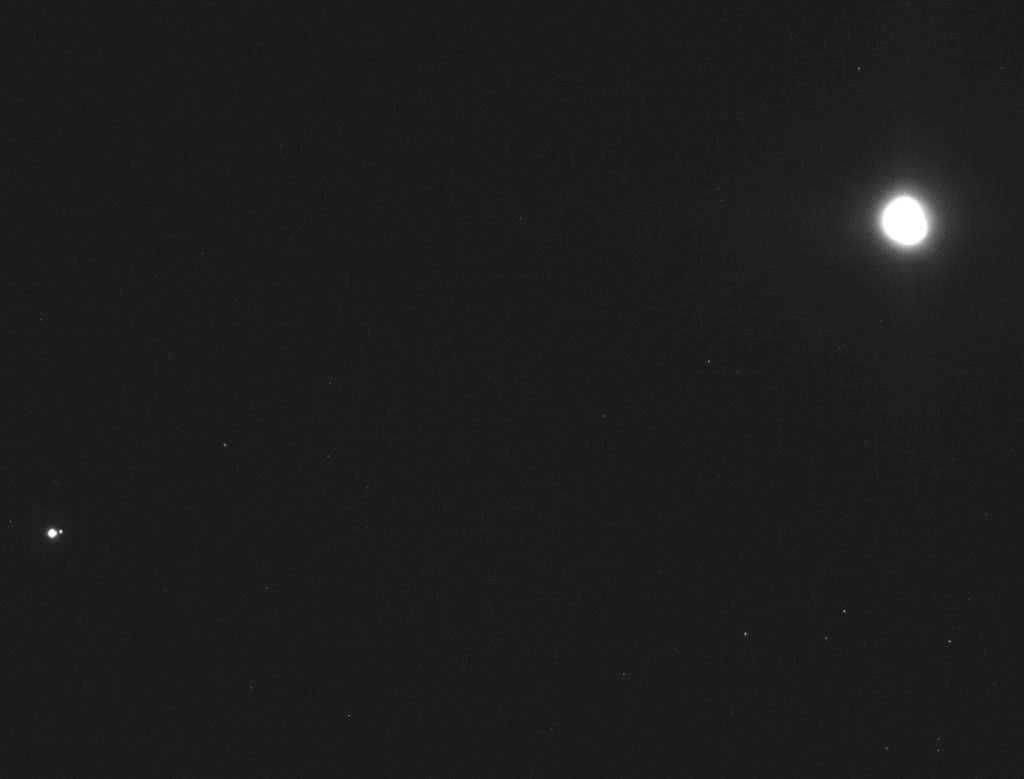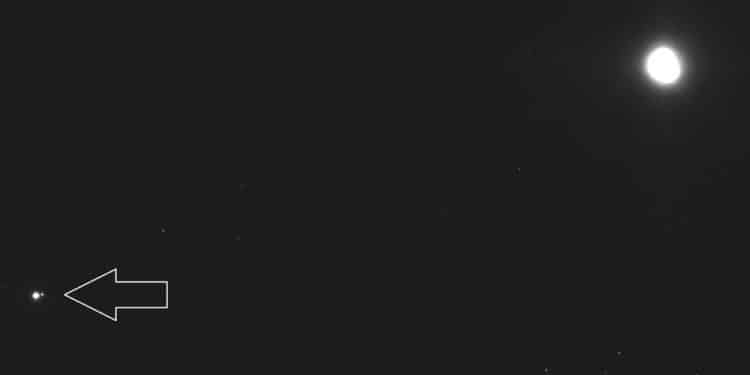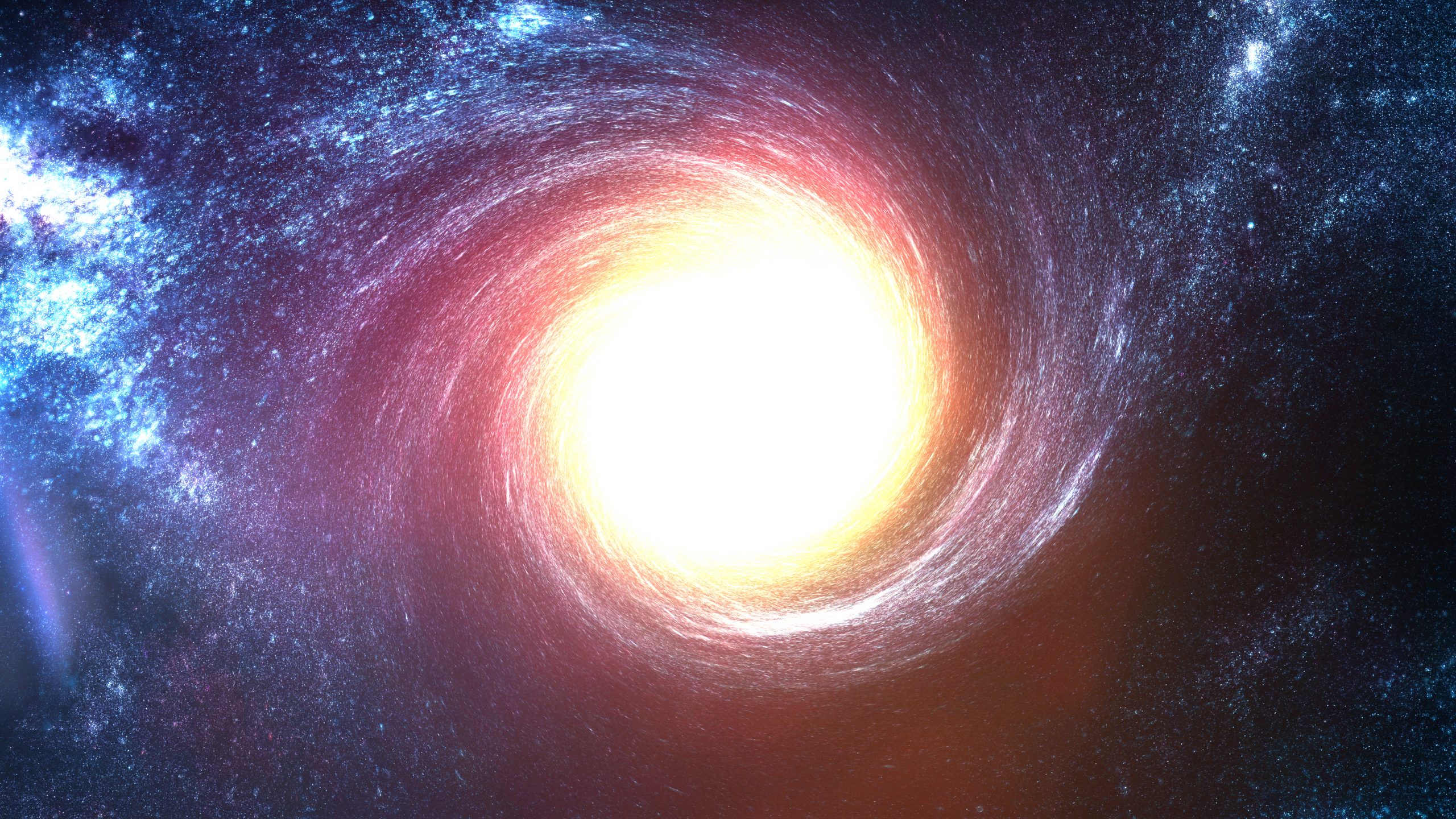OSIRIS-REx Snaps Stunning Photo of Celestial Trio
NASA’s OSIRIS-REx (Origins, Spectral Interpretation, Resource Identification, Security, Regolith Explorer) mission has captured an unprecedented image showcasing the Earth, Moon, and asteroid Bennu together.
A Glimpse of Home from 71 Million Miles Away
Taken on December 18, 2018, the image features the Earth and Moon in the lower-left corner, captured using a long exposure time of five seconds. At the time, the spacecraft was approximately 71 million miles (114 million kilometers) from our planet. In the upper right corner, asteroid Bennu appears highly overexposed due to OSIRIS-REx’s proximity, only about 27 miles (43 kilometers) away. The head of the constellation Hydra can also be seen in the lower right portion of the image.

The Technology Behind the Image
The NavCam 1 camera, a black-and-white imager, is one of three cameras comprising TAGCAMS (the Touch-and-Go Camera System) and is part of OSIRIS-REx’s guidance, navigation, and control system. Malin Space Science Systems designed, built, and tested TAGCAMS, while Lockheed Martin Space integrated it into the spacecraft and operates it.
To download the full-resolution image, click here.
OSIRIS-REx Makes History with Bennu Orbit
On December 31, 2018, OSIRIS-REx entered orbit around Bennu, making it the smallest object ever orbited by a spacecraft. Dante Lauretta, OSIRIS-REx principal investigator at the University of Arizona, Tucson, praised the team’s perfect execution of the orbit-insertion maneuver.
Update on the OSIRIS-REx Mission
As of March 2022, the spacecraft is en route back to Earth, with NASA anticipating its arrival in 2023. OSIRIS-REx successfully gathered soil samples from the surface of asteroid Bennu during a brief touchdown on October 20, 2020, collecting a minimum of 60 g (2.1 oz) of material.
The spacecraft is set to release its return capsule containing the asteroid samples on September 24, 2023. If all goes according to plan, the capsule will re-enter Earth’s atmosphere and land with the assistance of a parachute at the Air Force’s Utah Test and Training Range.
Join the discussion and participate in awesome giveaways in our mobile Telegram group. Join Curiosmos on Telegram Today. t.me/Curiosmos











